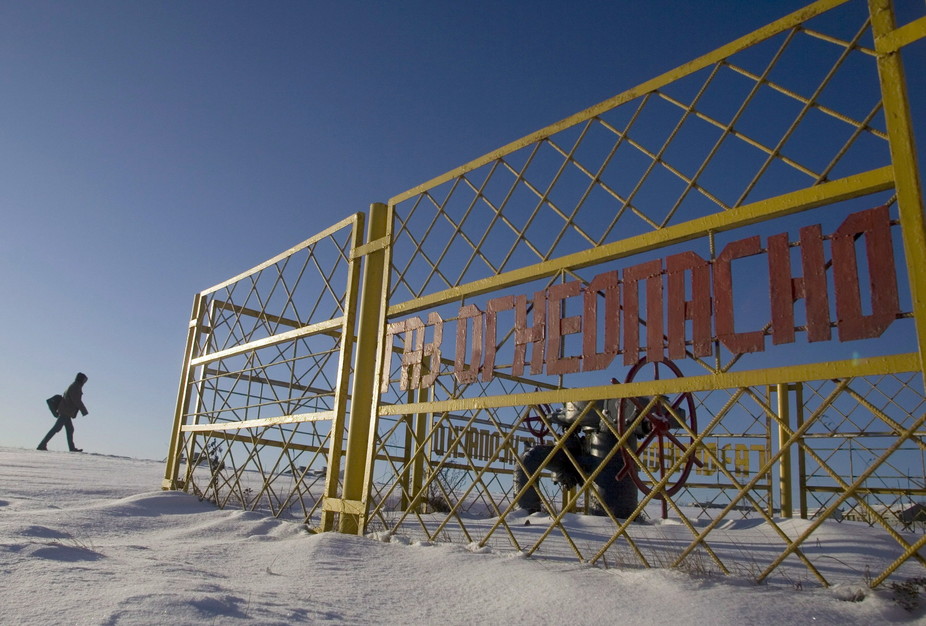Russia plans investment of $1.5-billion in rare earth minerals, critical to the defence, renewable energy sectors and telecommunications, with the aims to become the biggest producer after China by 2030. Russia’s initiative is in line with other countries, such as the United States, which are also trying to curb their reliance on China, home to 63% of global rare earths production and 37% of global reserves. Russia has reserves of 12 million tonnes, or 10% of the global total, and its government is willing to back any foreign investment. Alexei Besprozvannykh, Russia’s deputy industry and trade minister, said Russia is offering reduced mining taxes and cheaper loans to investors in a list of 11 projects designed to increase Russia’s share of global rare earths output to 10% by 2030 from 1.3% now. The Russian projects will require at least $1.5-billion in investment, he said.
While Moscow is well aware that China will still keep its market dominance, Russia’s “goal is to be at least the second after them by 2030”, the minister said. So far rare earth processing is almost totally controlled by China, with the exception of a plant in Malaysia, operated by Australia’s Lynas Corp, and the US is reviving production. The 11 projects, which include developing the Tomtor deposit in Russia’s far east, will allow Russia to become almost self-sufficient in rare earth elements by 2025 and start exports in 2026, Besprozvannykh said. If successful the plan should boost Russia’s production of rare earths concentrate by 2024 to 7 000 t/y, he added. The US Geological Survey estimated Russia’s 2019 production at 2 700 t.
Russia’s plan follows a rather similar plan by U.S. government unveiled recently. The US Department of Defense announced it has just committed funding for two rare earth separation plants on U.S. soil, which is seen as only one small step towards the Trump administration’s stated goal of breaking the country’s dependence on Chinese supplies of critical minerals. But the direct involvement of the Pentagon underlines the scale of the task associated with creating from scratch a non-Chinese rare earths supply chain. The U.S. was until recently almost totally dependent – to the tune of around 80% – on imports of rare earth compounds and metals from China during 2017-2019. To break the dependence, as the U.S. is finding out, requires a mix of direct government support, alliances with like-minded countries, and a long-term focus on the six-stage process chain from ore to rare earth magnet.




